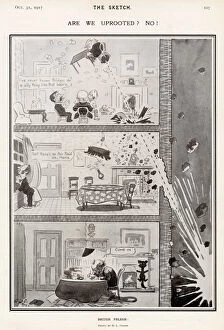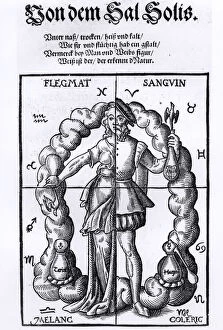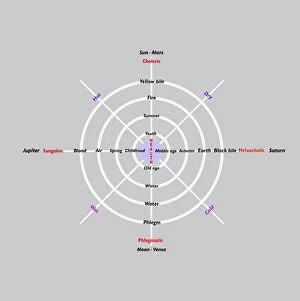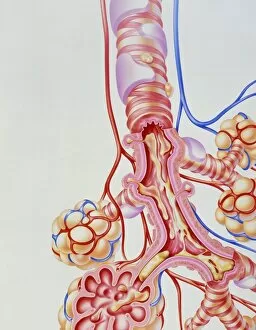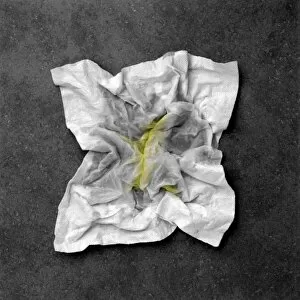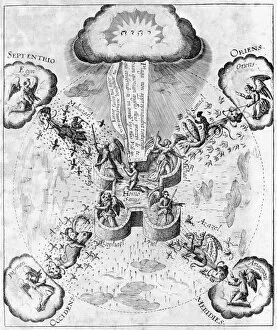Phlegm Collection
"Exploring the Depths of Phlegm: From Ancient Beliefs to Modern Medicine" Delving into the origins of phlegm
For sale as Licensed Images
Choose your image, Select your licence and Download the media
"Exploring the Depths of Phlegm: From Ancient Beliefs to Modern Medicine" Delving into the origins of phlegm, we find Zacharias Dolendo's depiction in "Water (Phlegmaticus)" from The Four Temperaments, a fascinating insight into ancient beliefs. G. L Stampa's artwork "Are we uprooted? No. " hints at the connection between our emotions and phlegmatic temperament, highlighting its significance in understanding human behavior. Exercices d'Imagination de Differens Characteres et Formes presents us with an intriguing portrayal of a phlegmatic individual, shedding light on their unique traits and characteristics. Leonhart Thurneisser zun Thurn's masterpiece "The Four Humours" provides a comprehensive visual representation alongside other bodily fluids, showcasing its importance in medieval medicine. In the allegorical engraving "Allegory of Philosophy, " we witness how philosophers contemplated the role as one of the four humours influencing human intellect and reasoning during the Renaissance period. STAGE GESTURE / PHLEGM captures an artistic interpretation that explores how performers use body language to convey different emotional states associated with phlegmatic temperament on stage. The diagram depicting "The Four Humours" offers a simplified yet informative illustration explaining how these bodily fluids were believed to affect personality traits and overall health according to ancient medical theories. Bottles containing the four humours found in ancient medicine remind us that practitioners once used various substances to diagnose and treat imbalances within these bodily fluids, including those related to excessive or deficient phlegm production. Alchemical symbols from the 18th century provide insights into how alchemists sought ways to transmute elements within our bodies, aiming for balance among all four humours, including regulating excess or stagnant phlegm accumulation.


